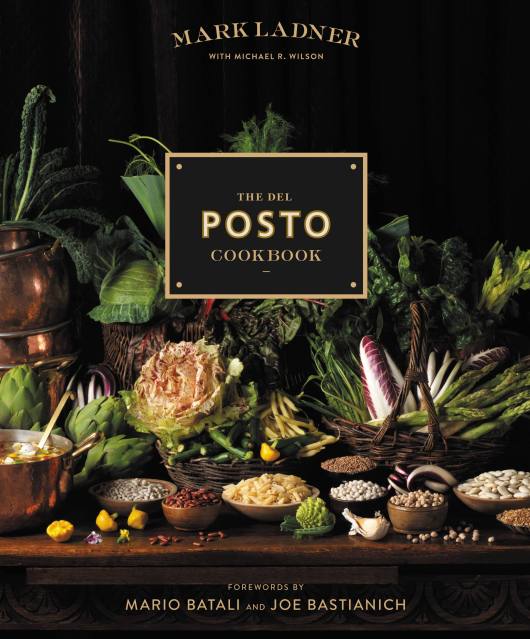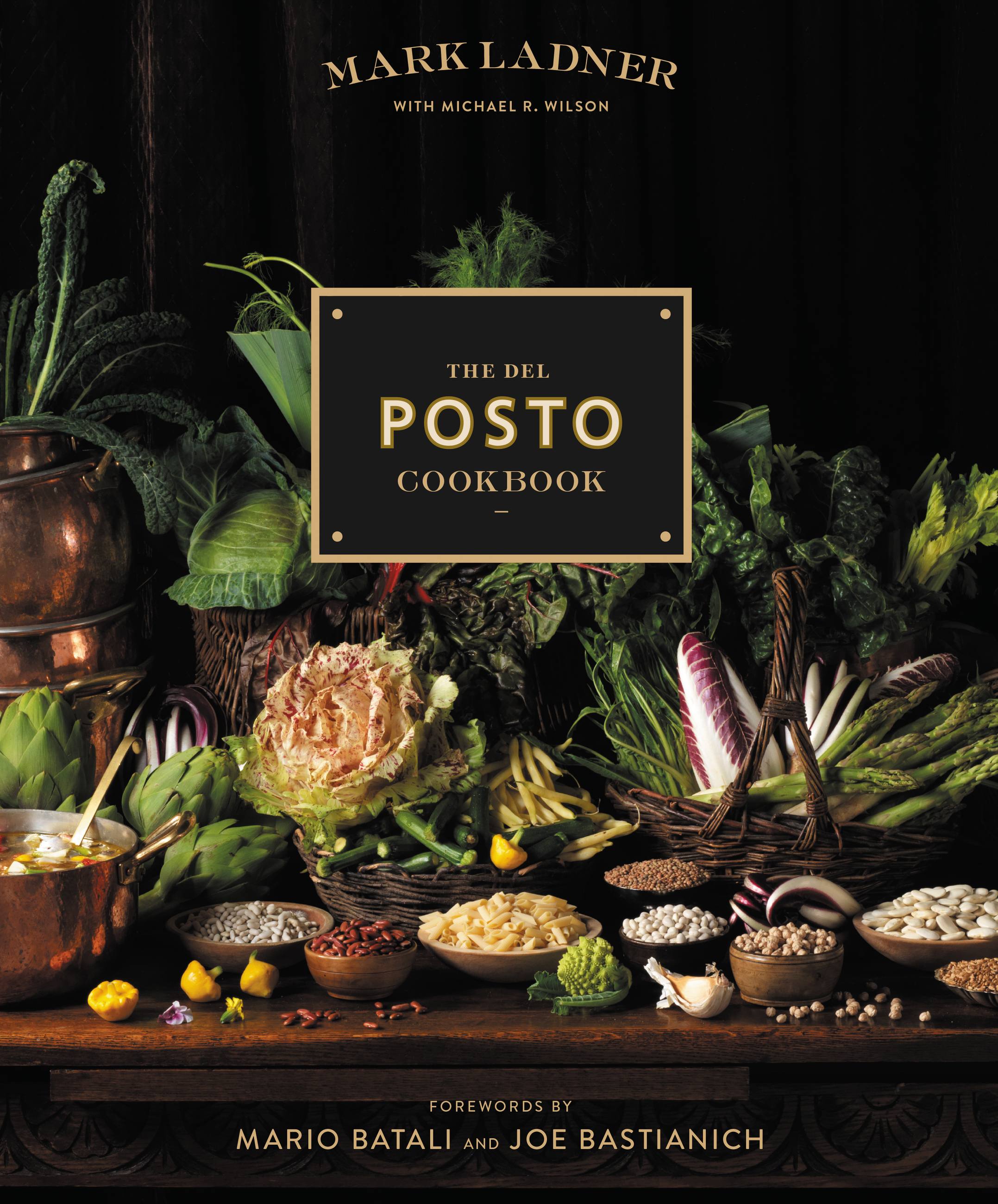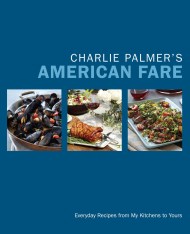Promotion
Use code MOM24 for 20% off site wide + free shipping over $45
The Del Posto Cookbook
Contributors
By Mark Ladner
Foreword by Mario Batali
Formats and Prices
Price
$24.99Price
$32.99 CADFormat
Format:
- ebook $24.99 $32.99 CAD
- Hardcover $50.00 $60.00 CAD
This item is a preorder. Your payment method will be charged immediately, and the product is expected to ship on or around November 1, 2016. This date is subject to change due to shipping delays beyond our control.
Also available from:
Mark Ladner, the Chef at Del Posto, redefines what excellent Italian Cooking in America can be. With a focus on regional Italian ingredients and tradition, Ladner has chosen recipes that bring together flavors from the old country, but in sophisticated new ways, like: Fried Calamari with Spicy Caper Butter Sauce; Red Wine Risotto with Carrot Puree, Monkfish Piccata, Veal Braciole, and Ricotta-Chocolate Tortino
But what is special is that these recipes will really work in the home kitchen, unlike some ambitious cookbooks like this. And given Del Posto’s origin and founders, the book includes recipes by Lidia Bastianich, and forewords by Mario Batali and Joe Bastianich.Plus, the award-winning sommelier at Del Posto offers advice on which Italian varietals to serve with what dishes. All this is complemented by photography that is inspired by 16th century still life paintings.
As the New York Times said in their review: “The food bewilders and thrills.”
Genre:
-
"The cookbook feels quite a lot like the restaurant: Gleaming and dramatic, classically-inspired but not stuck in tradition, surprisingly approachable. There's no real precedent for Del Posto, no other no-holds-barred Italian fine dining establishment in New York--and you'll have no pretense, crossing that now-bustling street under the High Line, that the restaurant you're walking towards is some storied, crumbling bastion of Old World Manhattan."Food52
-
"This hefty tome-filled with the favorites of co-owners Batali and Bastianich, and the deft work of executive chef Mark Ladner-has the same air as the vaunted Manhattan staple: grand, filled with ambitious cuisine, and outfitted with old-world style."Tastebook
- On Sale
- Nov 1, 2016
- Page Count
- 302 pages
- Publisher
- Grand Central Life & Style
- ISBN-13
- 9781455561537
Newsletter Signup
By clicking ‘Sign Up,’ I acknowledge that I have read and agree to Hachette Book Group’s Privacy Policy and Terms of Use







